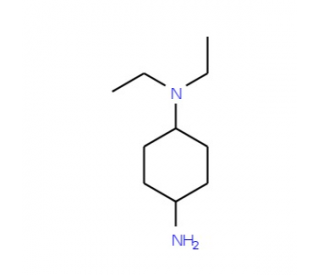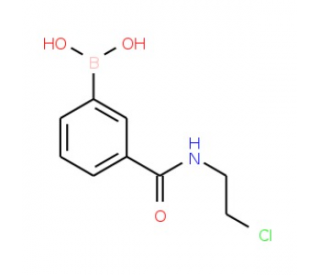详细说明
Species Reactivity
Mouse
Specificity
Detects mouse CLEC9a in direct ELISAs and Western blots. In Western blots, no cross-reactivity with recombinant human CLEC2a, 3b, 4a, 10a, 12b, or 14a is observed.
Source
Monoclonal Rat IgG 2A Clone # 700517
Purification
Protein A or G purified from hybridoma culture supernatant
Immunogen
Chinese hamster ovary cell line CHO-derived recombinant mouse CLEC9a
Lys57-Ile264
Accession # EDK99924Formulation
Lyophilized from a 0.2 μm filtered solution in PBS with Trehalose. *Small pack size (SP) is supplied as a 0.2 µm filtered solution in PBS.
Label
Unconjugated
Applications
Recommended
ConcentrationSample
Immunohistochemistry
8-25 µg/mL
See below
Please Note: Optimal dilutions should be determined by each laboratory for each application. are available in the Technical Information section on our website.
Data Examples
Immunohistochemistry | CLEC9a in Mouse Spleen. CLEC9a was detected in perfusion fixed frozen sections of mouse spleen using Rat Anti-Mouse CLEC9a Monoclonal Antibody (Catalog # MAB6776) at 25 µg/mL overnight at 4 °C. Tissue was stained using the Anti-Rat HRP-DAB Cell & Tissue Staining Kit (brown; Catalog # ) and counterstained with hematoxylin (blue). Specific staining was localized to cytoplasm of dendritic cells. View our protocol for . |
Preparation and Storage
Reconstitution
Sterile PBS to a final concentration of 0.5 mg/mL.
Shipping
The product is shipped at ambient temperature. Upon receipt, store it immediately at the temperature recommended below. *Small pack size (SP) is shipped with polar packs. Upon receipt, store it immediately at -20 to -70 °C
Stability & Storage
Use a manual defrost freezer and avoid repeated freeze-thaw cycles.
12 months from date of receipt, -20 to -70 °C as supplied.
1 month, 2 to 8 °C under sterile conditions after reconstitution.
6 months, -20 to -70 °C under sterile conditions after reconstitution.
Background: CLEC9a
CLEC9a (C-type lectin domain family 9 member A), also known as DNGR-1, is a type II transmembrane glycoprotein member of the C-type lectin superfamily. Although the CTLD of CLEC9a structurally resembles that of other C-type lectins, it lacks the conserved residues that typically mediate calcium and carbohydrate binding. CLEC9a is expressed as a disulfide-linked homodimer of approximately 50 kDa N-glycosylated subunits. Human CLEC9a expression is restricted to a subpopulation of BDCA-3 + conventional dendritic cells (cDC) and CD16- monocytes. BDCA-3 + cDC are analagous to mouse CD8 + cDC which are specialized in antigenic cross-presentation in complex with MHC class I molecules. In mouse, CLEC9a is additionally expressed on plasmacytoid dendritic cells. CLEC9a ligation enhances antigen uptake and processing, leading to presentation on MHC class I and cytotoxic T cell (CTL) priming. In mouse, CLEC9a recognizes normally intracellular determinant(s) of necrotic cells and mediates their uptake by the dendritic cell. The subsequent antigenic cross-presentation to CTL is important for clearing necrotic cellular debris. CLEC9a signaling triggers activation of the tyrosine kinase Syk. Alternative splicing of mouse CLEC9a generates isoforms with deletions in the transmembrane segment, stalk region, or CTLD. Within aa 57-264 of the ECD, mouse CLEC9a shares 57% and 80% aa sequence identity with human and rat CLEC9a, respectively.
Long Name:
C-type Lectin-like Receptor 9
Entrez Gene IDs:
283420 (Human); 232414 (Mouse)
Alternate Names:
CD370; CLEC9a; C-type lectin domain family 9 member A; C-type lectin domain family 9, member A; DNGR1; HEEE9341; UNQ9341










 粤公网安备44196802000105号
粤公网安备44196802000105号